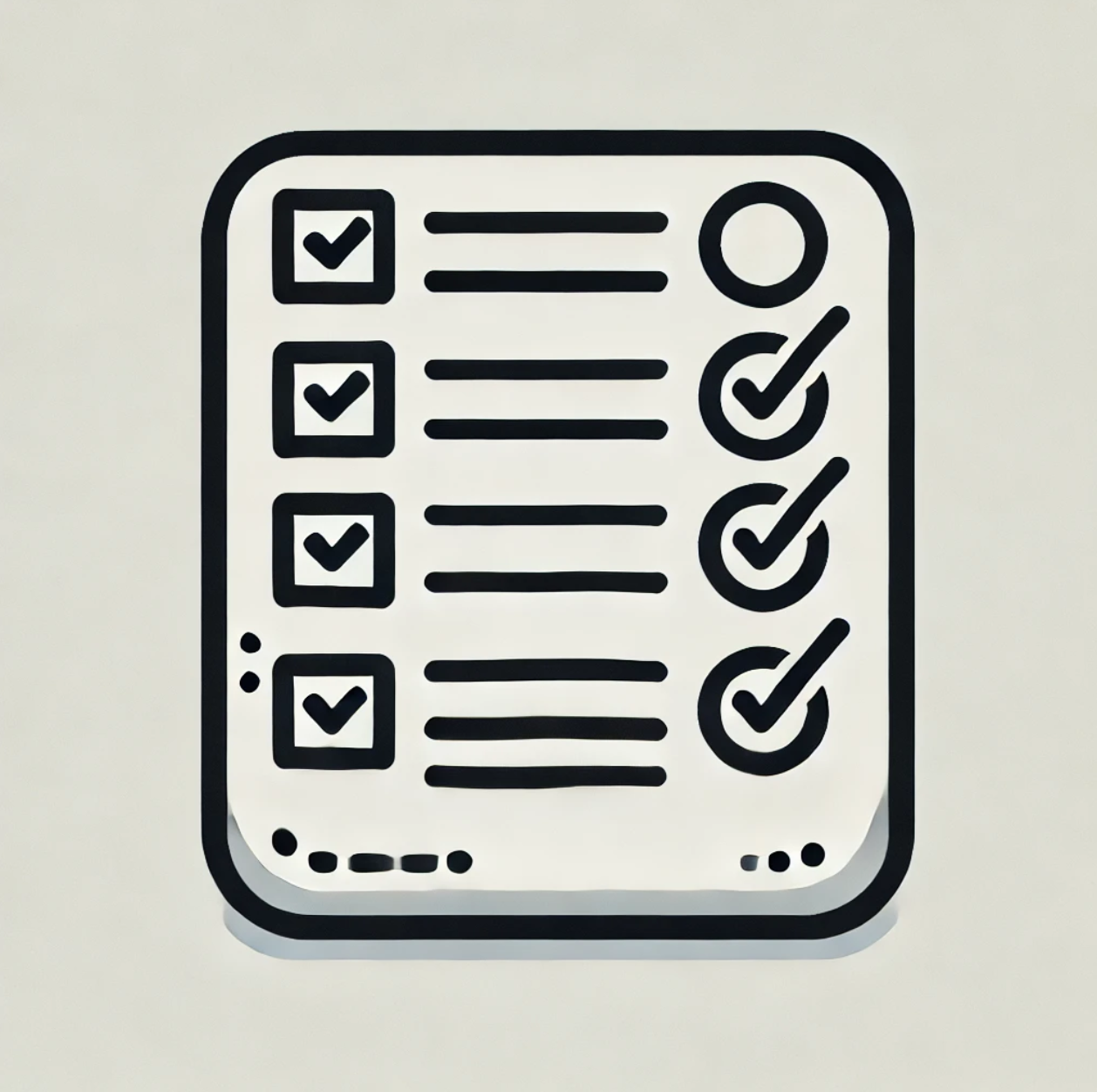Error Analysis Notebook Template
Error notebook
Keeping an error notebook is a powerful way to learn from mistakes in math and science. Use the table below to log each mistake, analyze why it happened, and plan how to avoid it next time. Fill out a new row whenever you get a problem wrong, whether in homework, practice, or exams. Reviewing this log regularly will help you identify patterns in your errors, improve your problem-solving skills, and track your progress over time.
How to Use the Error Notebook
Date: Record the date you solved the problem or logged the mistake.
Subject & Topic: Note the subject (e.g., Math or Science) and the specific topic or chapter (e.g., Algebra – Solving Equations or Biology – Cell Division).
Problem / Question: Write a brief description of the problem or question you got wrong. Include a reference or page number if applicable.
Difficulty Level: Rate the difficulty of the problem (Easy, Medium, Hard) to track which types of problems challenge you most.
My Mistake: Describe the error you made. This could be a wrong answer, a faulty calculation, a misunderstood concept, or a misread question. Be specific about what you did incorrectly.
Correct Answer & Steps: Write the correct answer and outline the steps or reasoning needed to solve the problem correctly. This helps reinforce the right method.
Error Analysis (What went wrong?): Reflect on why the mistake happened. Did you rush through a calculation? Misapply a formula? Misinterpret the question? Understanding the cause will help you fix the root issue.
Related Concept: Link the error to broader concepts or topics to help identify patterns across different problem types.
Prevention Strategy: Come up with a strategy to avoid similar errors in the future. For example, you might decide to double-check algebraic signs, memorize a particular rule, or read the question more carefully.
Emotional Response: Briefly note how you felt when making this mistake (e.g., frustrated, confused, surprised). This can help develop emotional resilience in learning.
Feedback: Leave space for peer or teacher feedback to encourage collaborative learning.
Success Follow-up: Note when you successfully solve a similar problem later to reinforce progress.
By consistently updating this table, you'll create a personalized reference that targets your specific challenges. Keep it handy and review it periodically to turn each mistake into a learning opportunity.
Error Notebook Table Format
Use the following table format for your error log. You can recreate this in a notebook, word processor, or spreadsheet. For digital use, consider using apps like Notion, Evernote, or Google Sheets for enhanced functionality such as automatic date stamping and searchability.
Error Notebook Log
| Date | Subject & Topic | Problem / Question | Difficulty Level | My Mistake | Correct Answer & Steps | Error Analysis | Related Concept | Prevention Strategy | Emotional Response | Feedback | Success Follow-up |
|---|---|---|---|---|---|---|---|---|---|---|---|
| 12 Mar 2025 | Math – Algebra (Solving Equations) | Solve for x: 2x + 5 = 17 | Medium | I added 5 to 17 instead of subtracting (misread the equation) | Correct steps: Subtract 5 from both sides → 2x = 12, then divide by 2 → x = 6 | Misread the sign and performed the wrong operation | Equation balancing, Order of operations | Double-check each step, especially signs. Next time, carefully read the equation. | Frustrated at careless mistake | Teacher: "Remember to always check your work!" | Solved similar equation correctly on 15 Mar 2025 |
| (Date) | (Subject – Topic) | (Describe the problem...) | (Easy/Medium/Hard) | (What was your error or wrong approach?) | (Write the correct answer and key solution steps...) | (Why did the mistake happen? Miscalculation? Misunderstood concept?) | (Broader concept this relates to) | (How will you avoid this error in the future?) | (How did you feel?) | (Peer/teacher comments) | (Date of successful similar problem) |
Progress Tracking
At the end of each month or study unit, take some time to review your error notebook and summarize your progress:
Most common type of error: ______________________
Most challenging concept: ______________________
Number of errors that decreased this month: ______________________
Strategies that worked well: ______________________
Areas for continued focus: ______________________
By regularly filling out this enhanced error notebook and reflecting on your progress, you'll develop stronger problem-solving skills, greater self-awareness in your learning process, and improved academic performance. Remember, every mistake is an opportunity to learn and grow. Good luck, and happy learning!
*Note:
The table format might be a bit wide for an A4-sized notebook, especially if you want to write comfortably in each column. Here are a few suggestions to make it fit better:
1. Narrow Columns: You can reduce the width of some columns, such as "Date," "Difficulty Level," and "Emotional Response," to make room for the more detailed columns like "Problem / Question" and "Error Analysis."
2. Rotate the Notebook: Consider using the notebook in landscape orientation. This will give you more horizontal space for your columns.
3. Use Abbreviations: Use abbreviations for some fields, like "S/T" for "Subject & Topic" or "C.A." for "Correct Answer & Steps," to save space.
4. Prioritize Columns: If some columns are less important to you, consider omitting them or moving them to a separate page.
